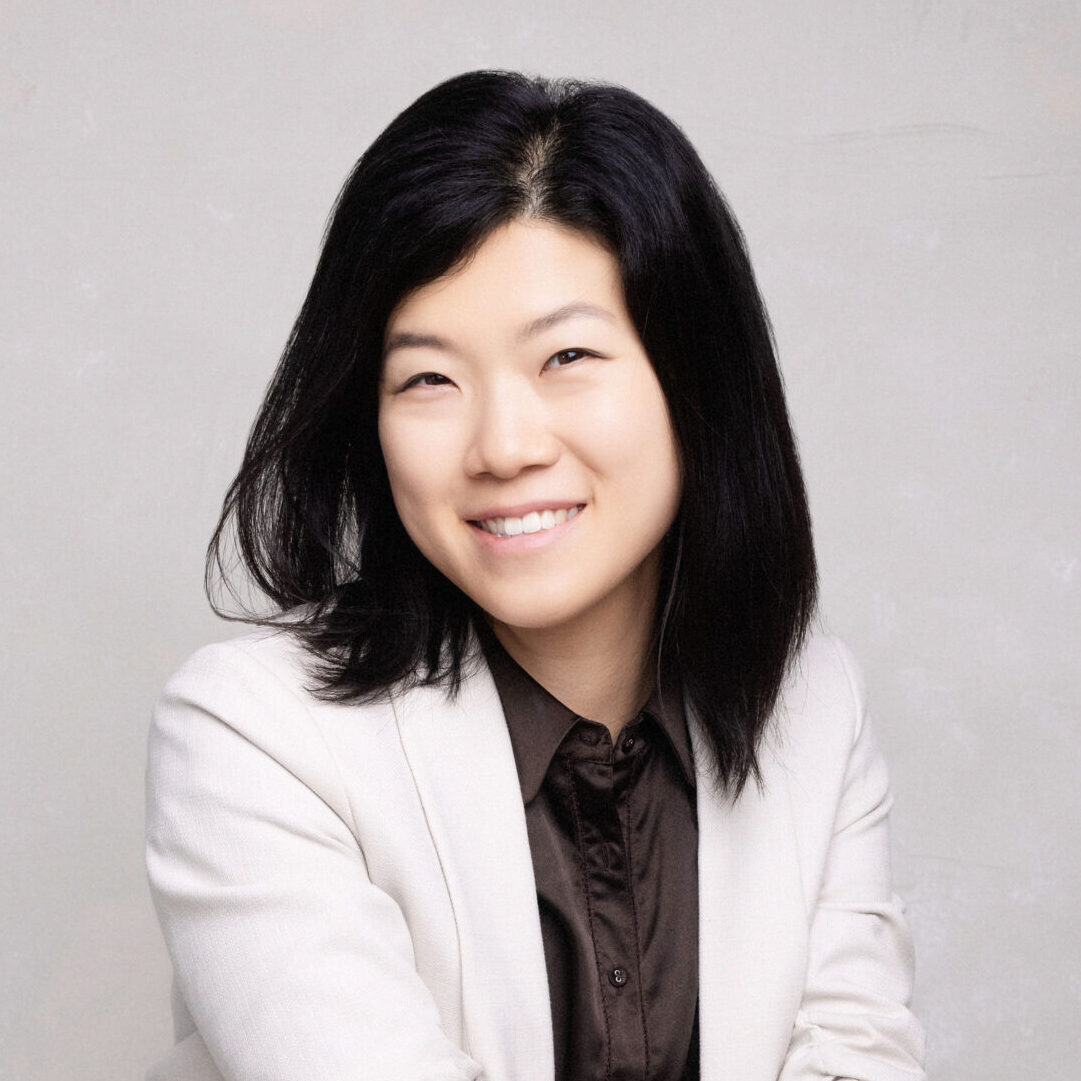2025…
This Smith School of Business Professor Explains Why Equitable Hiring Practices Create a Healthy Company Culture
Michelle Lee, Assistant Professor of Strategy and Organizations, discusses the issue of classist hiring practices

By Sarah Kelsey
There’s an invisible class system playing out in the recruiting and hiring processes of many top-tier organizations, and according to Michelle Lee — an Assistant Professor of Strategy and Organizations at Smith School of Business, Queen’s University — it impacts everyone.
A lot of institutions have been built by individuals from upper-middle and upper-class backgrounds, Michelle explains, noting that as a result there are often unconscious and ingrained preferences when it comes to employee suitability.
“Many companies have implicit preferences in the types of employees they want. Companies also continue to recruit exclusively from certain prestigious institutions and schools because they think that’s where the best candidates are. Often these schools have student bodies that are primarily from upper-class backgrounds. These implicit preferences from selection into prestigious schools, and subsequently prestigious jobs, perpetuates the class system,” she says.
For example, research has shown that candidates with traditionally upper-class hobbies and interests such as sailing and polo are more likely to secure an interview at prestigious law firms compared to those with hobbies including soccer or track and field, which have lower financial barriers to participation.
Michelle notes that this invisible classism also plays out in the judgements hiring managers may make about candidates during the interview process. “Everything from what a candidate is wearing to their mannerisms is implicitly considered in determining if they’re the ‘best fit’ for an organization’s prestigious culture.” Moreover, a study Michelle is currently working on suggests that these class preferences are perpetuated at the executive level.
“Class preferences can impact the likelihood of lower-class candidates feeling comfortable in certain organizations, or even getting a foot in the door,” Michelle says, noting that when individuals from working-class backgrounds make it to prestigious companies, they can struggle to fit in. There‘s often a sense they don’t mesh because of what they do or don’t have access to.
“All of this isn’t intentional,” Michelle is careful to point out. “I don’t think people believe there’s a class system.” The reality is, there is more of a gap now between the wealthy and poor within the U.S. and Canada, and upward mobility has been declining sharply since 1980.
“People believe that if you work hard, you can do anything, but that’s not always the case. I think practices like recruiting from certain schools and hiring based on ‘fit’ have landed us where we are,” Michelle says.
What’s needed, she notes, is for organizations to recognize they may implicitly have these class preferences and work with their HR teams to revamp how they hire employees. This can be accomplished by considering more objective measures that closely align with what the company needs for that position, instead of hiring based on discussions of favourite sports teams or where and how candidates spend their weekends. Companies should also look to diversify their recruiting by widening their search to public and more affordable universities. Research has shown that public universities and commuter schools, where working-class students can attend because of affordable tuition, are more often the vehicles of social mobility.
There are benefits to doing so, Michelle notes. Working-class candidates tend to be more focused on others and value community and teamwork. CEOs from lower social backgrounds have also been shown to be more entrepreneurial and innovative.
One company that CEOs and hiring managers can look to for inspiration is IKEA. “If you look at the founder, Ingvar Kamprad, he is a bit of a rags to riches story. He didn’t have a traditional education, but he started one of the biggest and most innovative companies in the world,” Michelle explains.
She notes that the brand’s recruitment policies reflect Ingvar’s upbringing. “He specifically looked at bringing in young, open-minded people when he started IKEA. He also fostered a culture of idea sharing, and many of the brand’s popular products — like the children’s playpen — were created because of an employee’s suggestion. This shows diverse hiring practices can positively impact an organization.”
Michelle says another example is Starbucks, whose CEO Howard Schultz, came from a working-class background and has fostered a corporate culture that’s allowed for equitable hiring practices to flourish. He sought to retain part-time employees (many who were low income) by offering them health benefits, something that was uncommon at the time, and has created policies that have been lauded for their diversity.
“How the leadership of a company acts, matters. The imprint they have on the company in terms of hiring practices is important. It shows what your company emphasizes, and how you recruit can change the dynamics and culture of the organization,” Michelle says. “This can level the hiring playing field for everyone.”
Incorporating formal workplace mentorship programs into the onboarding process can also help foster a sense of belonging among new employees. Additionally, research has shown that greater teamwork can bring about better performance, yet some organizations still measure achievement on an individual basis. Encouraging teamwork and recognizing teams instead of star players can also help level the playing field.
In the end, it’s about cultivating a culture that breaks down class barriers, Michelle says.
2025…
2025 Top 25 Women of Influence+ Luncheon: Media Wall
By…
Women’s Leadership Looks Different — So Why Do We Ignore It?
By…
Meet Nadine Bernard, the Entrepreneur Bridging Indigenous and Corporate Canada, and RBC Canadian Women Entrepreneur Awards Micro-Business Winner
By…
The 9 Saboteurs Holding You Back — And How to Overcome Them
By…
